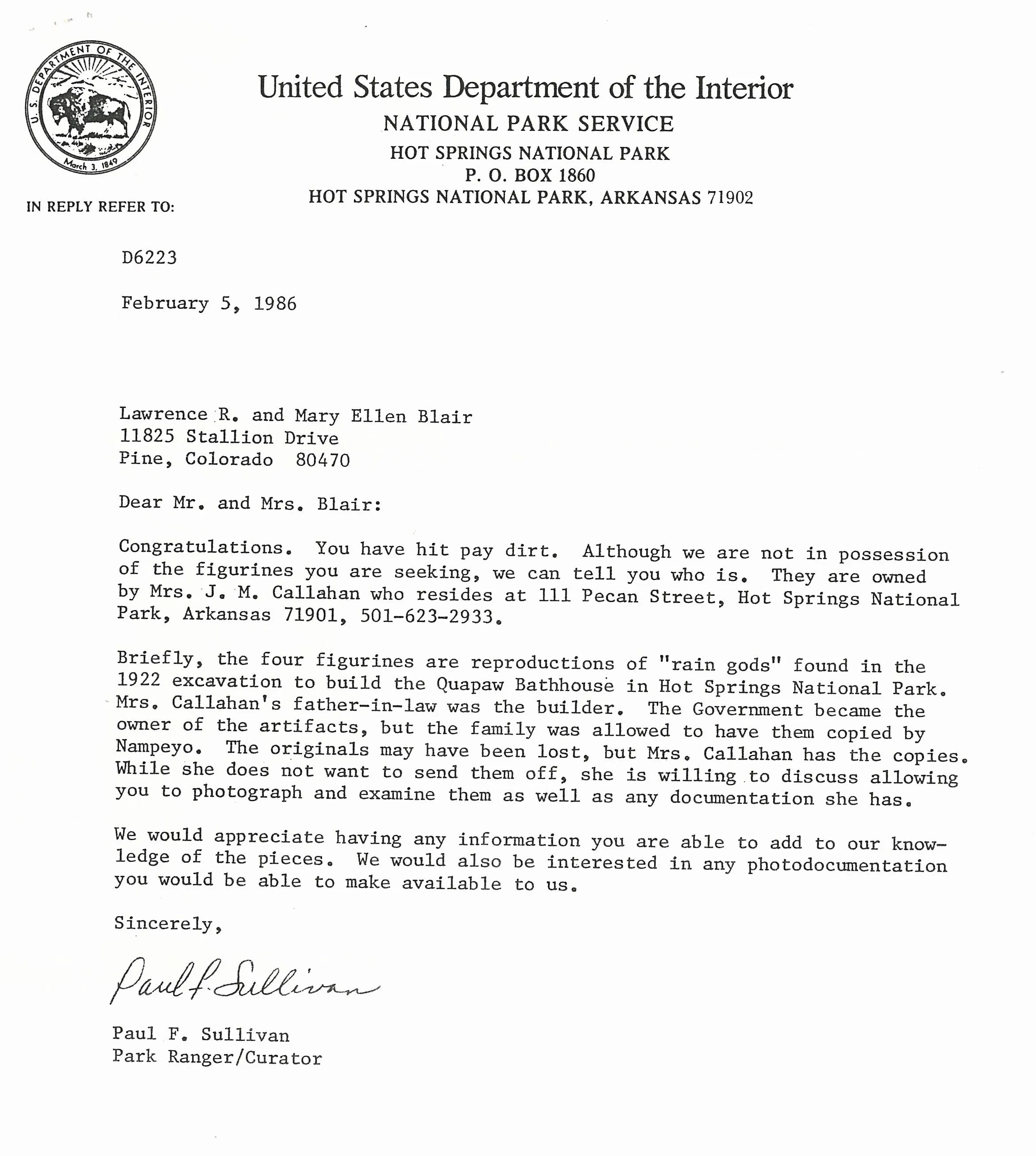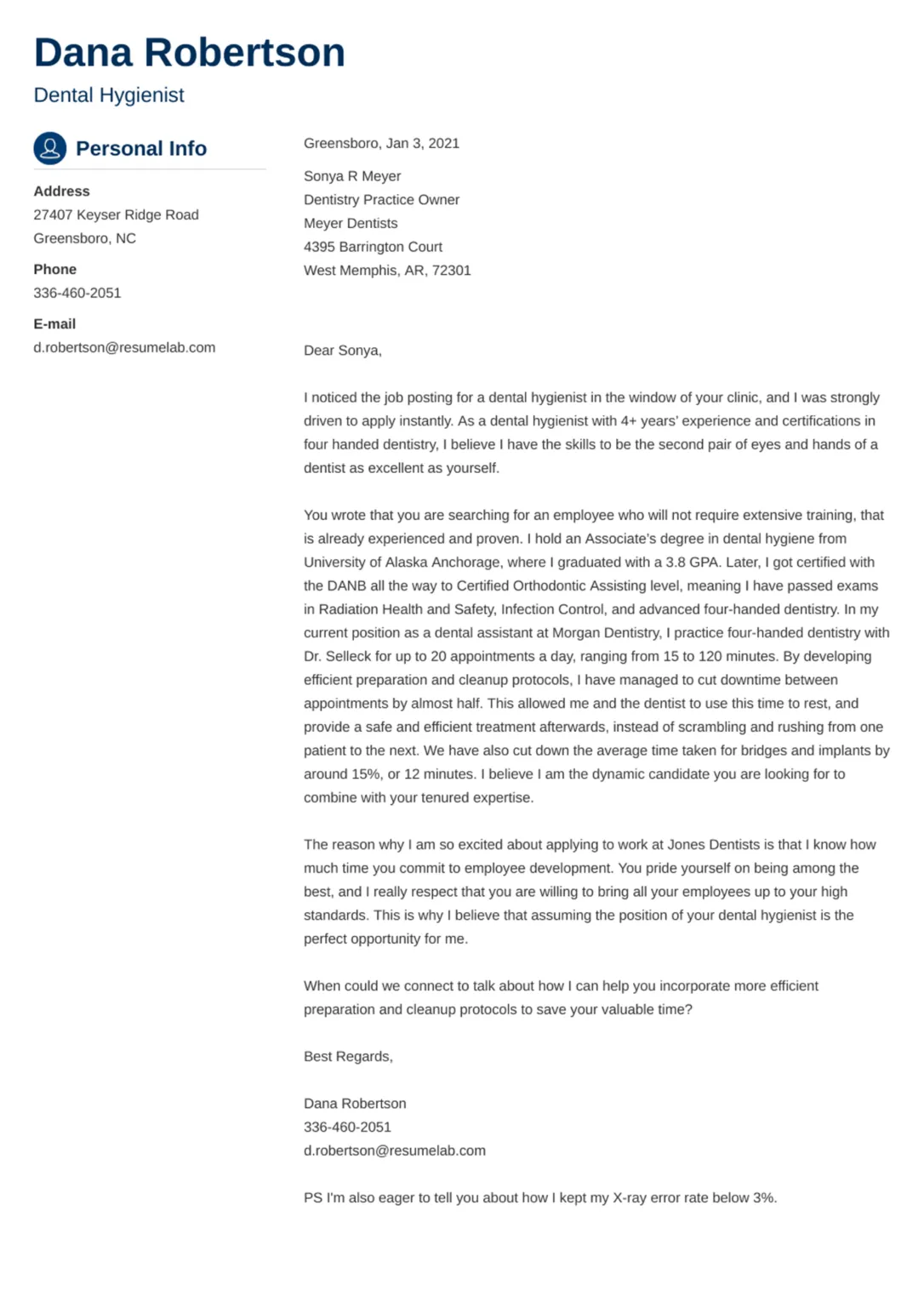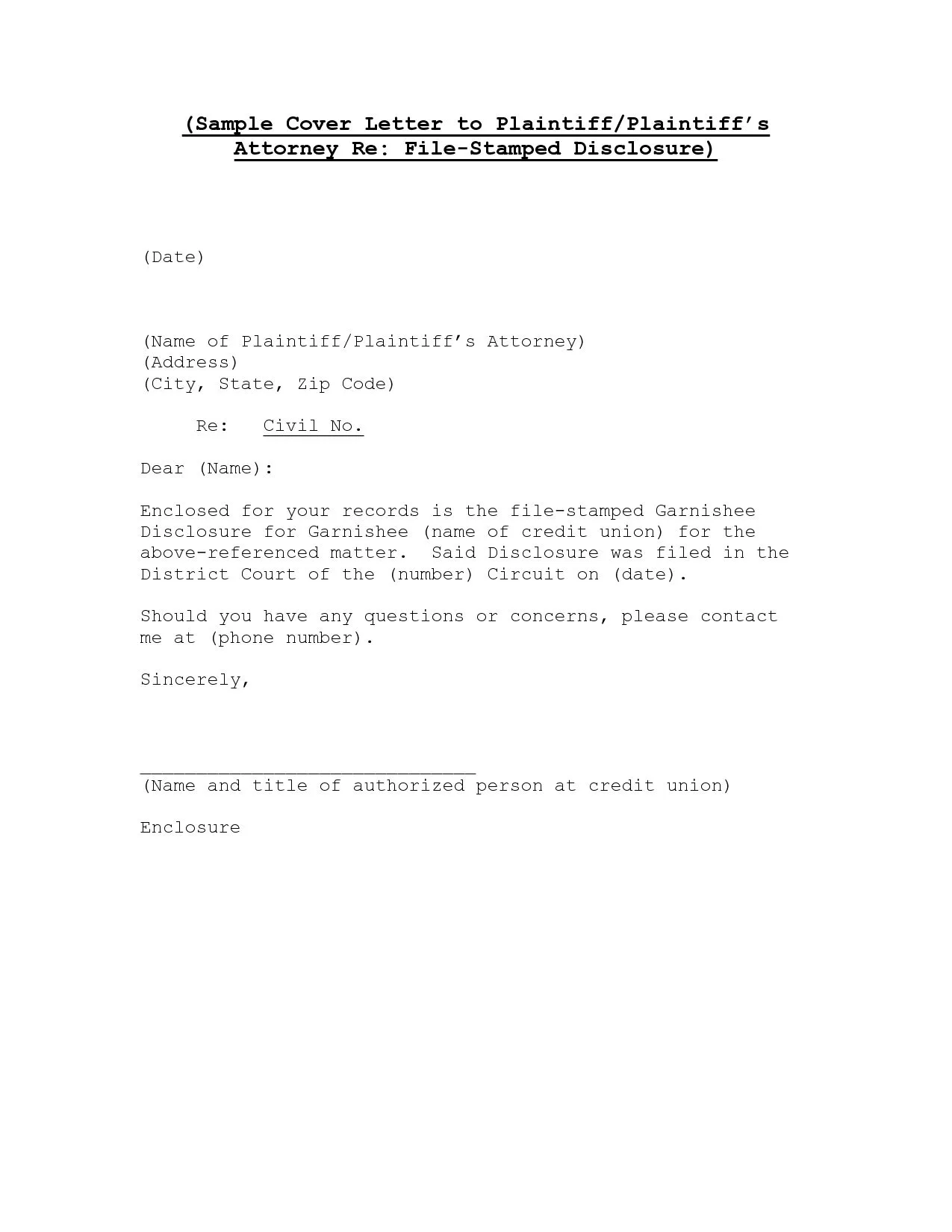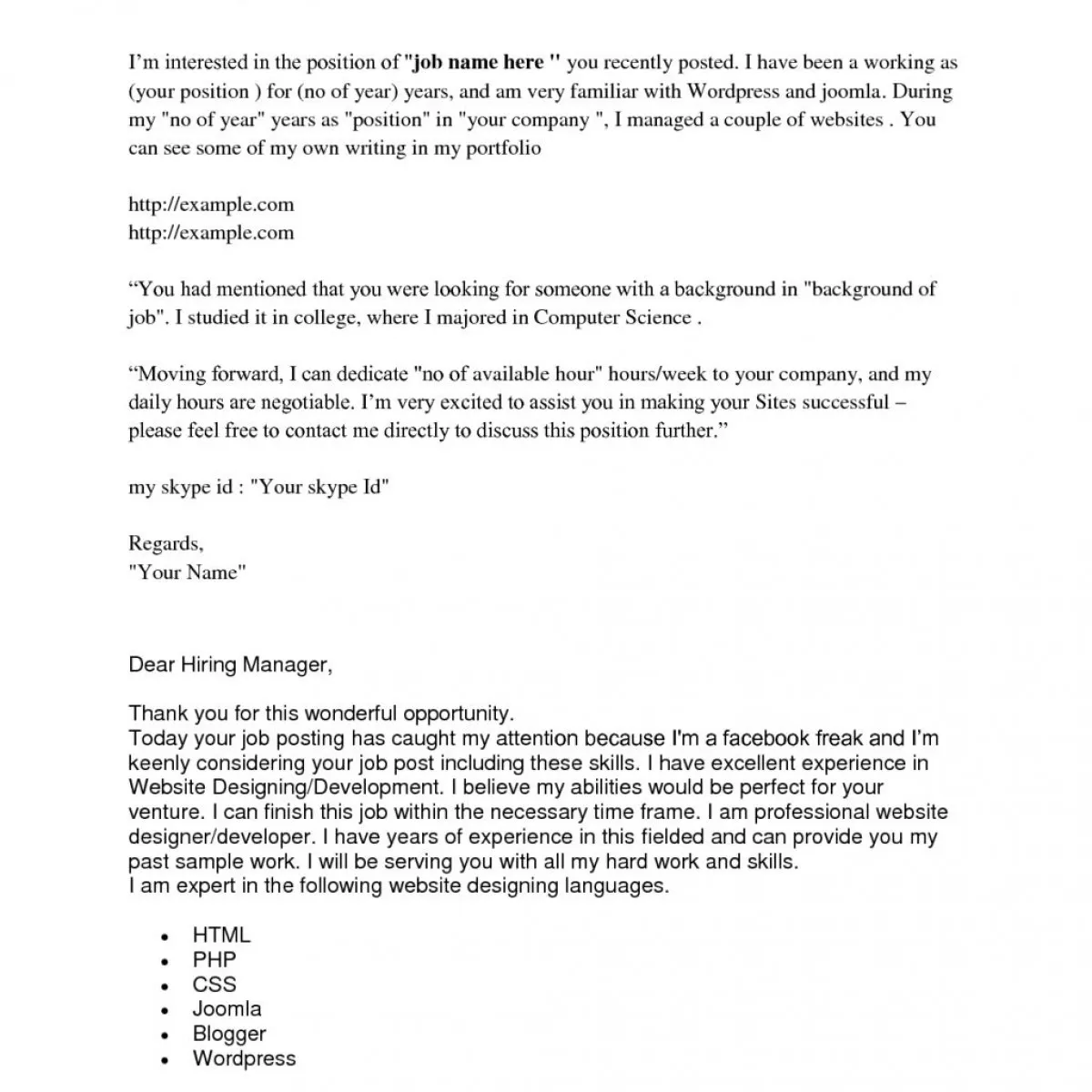Understanding the Dilemma No Name?
Writing a cover letter is a crucial step in the job application process, and it’s often recommended to address it to a specific person, such as the hiring manager. However, there are times when you might not have this information. You may not know the name of the person who will be reviewing your application. This can feel like a significant hurdle, as it goes against the advice of personalizing your message. You might feel unsure how to start your letter, and worry whether it will be as effective as one addressed to a known contact. Understanding this dilemma is the first step towards effectively navigating this situation. It’s important to acknowledge that you’re not alone, many job seekers face the same challenge, and there are ways to handle it with professionalism and confidence. This article will help you navigate the common issues and present the best approaches.
Why Knowing the Name Matters (and Doesn’t)
Knowing the hiring manager’s name can be an advantage. It personalizes the cover letter, showing that you’ve taken the time to research the company and the role. It can also create a sense of connection, making your application stand out. It indicates that you’re proactive and detail-oriented. However, not knowing the name isn’t a deal-breaker. Many companies receive numerous applications, and the hiring process can be complex. In some cases, the name of the hiring manager might not be readily available or might change during the hiring process. Focusing on the content of your cover letter is the key. Your skills, experience, and enthusiasm are more important than knowing the name. While personalization is good, demonstrating that you understand the company’s needs and that you are a good fit is what really gets the reader’s attention.
Finding the Hiring Manager’s Name

Before resorting to generic greetings, try to find the hiring manager’s name. It’s always better to personalize your letter if possible. There are several ways to track this information. Start with the job posting itself. Sometimes, the contact person is listed. You can also look at the company’s website, particularly the ‘About Us’ or ‘Contact’ sections. If the company has a team directory, the hiring manager might be listed there. Also, check the company’s social media profiles, especially LinkedIn and Twitter. These platforms often provide contact information. If you cannot find this information with the above steps, don’t worry. There are still options for you to get this information.
Searching on LinkedIn
LinkedIn is a great resource for finding the hiring manager’s name. Search for the company and then look for employees in the human resources or hiring departments. You can also search for people with titles like ‘Recruiter,’ ‘Hiring Manager,’ or ‘Talent Acquisition Specialist.’ Once you’ve identified a potential contact, check their profile to see if they’re involved in the hiring process for the specific role. Look for mentions of the job title or department. If you find a likely candidate, you can then use their name to address your cover letter. Additionally, you can review their activity on LinkedIn, this may give you more context of the role.
Checking the Company Website
The company website is another useful source of information. Navigate to the ‘About Us,’ ‘Contact,’ or ‘Careers’ pages. Some companies list the names of hiring managers or the contact person for job applications. Even if they don’t list the name, you might find the department responsible for hiring, which can help you narrow down your search on LinkedIn. Look for team directories or employee profiles. Some companies have dedicated career pages with information about their hiring process and the people involved. Pay attention to the details and look for any hints that will lead you to the right contact. Additionally, if there are press releases or news articles, these can sometimes identify key personnel.
Making a Strategic Phone Call

If you’ve exhausted all online resources, consider making a strategic phone call to the company. Call the general number and ask to speak to the hiring manager or the human resources department. Be polite and explain that you’re interested in applying for a specific position. You can ask who is reviewing applications. This can provide you with the information you need to properly address your cover letter. If they cannot provide a name, you can inquire about the preferred way to address the letter. Always be professional and respectful of their time. This direct approach shows your initiative and your commitment to the application. Be prepared to leave a message if the person isn’t available and make sure you take notes during your call.
Crafting the Perfect Cover Letter Greeting
When you can’t find the hiring manager’s name, the greeting becomes a critical element. It sets the tone for the rest of the letter and can make the difference between capturing the reader’s attention and having your letter dismissed. It’s important to choose a greeting that is professional and appropriate for the company’s culture. Even if you don’t know the name, you want to create a positive impression from the start. This means avoiding overly casual greetings or generic phrases that could be interpreted as careless. There are some standard alternatives that you can use, which will keep the tone professional and show respect.
Using General Greetings
If you can’t find a specific name, the following greetings are acceptable and professional. ‘Dear Hiring Manager’ is the most common and safe choice. It’s clear and direct, and it indicates that you are aware of who you are addressing your letter to. ‘Dear [Company Name] Hiring Team’ is a good option when you want to be inclusive. This greeting indicates that you have an interest in the entire hiring team. ‘To Whom It May Concern’ is acceptable but can be seen as a bit outdated. Use this as a last resort. Be sure to research the company’s culture to ensure that the greeting is suitable. The most important thing is to keep it professional and respectful. No matter what you choose, always make sure it aligns with your overall approach.
Structuring Your Cover Letter

The structure of your cover letter is just as important as the greeting. It helps to organize your thoughts and highlights your key qualifications effectively. Even without a name, a well-structured cover letter can showcase your professionalism. Start with a strong opening paragraph that grabs the reader’s attention. Then, in the body of your letter, focus on the job requirements and explain how your skills and experience match them. Always include specific examples and quantifiable achievements. Make sure that you clearly demonstrate your enthusiasm for the position and the company. Finally, end with a call to action, asking for an interview or following up on your application. The overall goal is to present your value and your interest.
Highlighting Your Value Proposition
The content of your cover letter should clearly communicate your value to the employer. This is where you demonstrate how you can meet the company’s needs and solve its challenges. Focus on the skills and experiences that are most relevant to the job description. Provide specific examples of your accomplishments. Use action verbs to describe your contributions, such as ‘managed,’ ‘developed,’ or ‘implemented.’ Quantify your achievements whenever possible. For example, if you increased sales, state the percentage or the amount. This helps the hiring manager to see your impact. Also, consider tailoring your cover letter to the company’s specific goals and values. Showing that you understand their business and that you can contribute to their success is a powerful way to impress the reader.
Demonstrating Genuine Interest
Expressing genuine interest in the position and the company is crucial. This indicates your level of enthusiasm and shows that you are serious about the opportunity. Research the company thoroughly to understand its mission, values, and culture. Then, weave these insights into your cover letter to demonstrate that you share their vision. Mention specific aspects of the role or the company that appeal to you. Show that you are passionate about the work and that you want to contribute. Explain why you are interested in the specific role and what you hope to achieve. Being genuine and showing your passion can make a lasting impression and can help set you apart. Your enthusiasm can compensate for the lack of a name in the heading.
Closing Your Cover Letter Effectively

The closing paragraph is your final chance to make a good impression. Reiterate your interest in the position and thank the reader for their time and consideration. Include a clear call to action. Invite them to contact you for an interview, and provide your contact information. You can also mention your availability and your willingness to answer any questions. End the letter with a professional closing, such as ‘Sincerely’ or ‘Best regards.’ Proofread the entire letter before sending it to make sure that it’s free of any errors. A well-crafted closing paragraph leaves a lasting positive impression and increases your chances of advancing in the hiring process. Remember, even without knowing the name, you can still create a professional and compelling cover letter.
